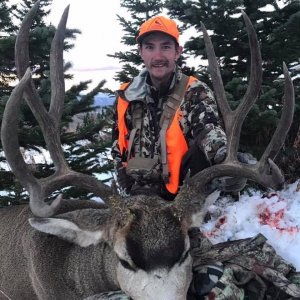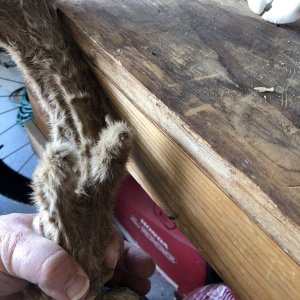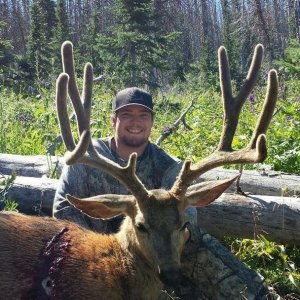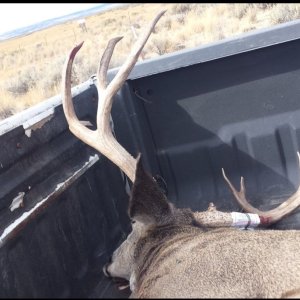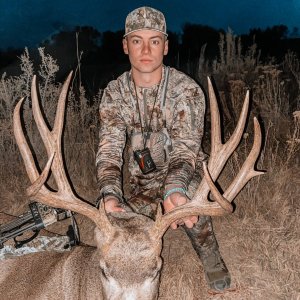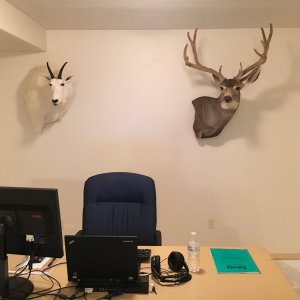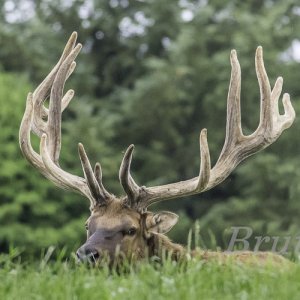T
TAM
Guest
It's kind of quiet in here so I'll ask you all a question. I just bought a Hornady Neck Turner. Do any of you turn your necks down? If so do you have any tips, suggestions or advice? Were you able to tell a difference in group size?
I watched a reloading video awhile back with some pro benchrest shooter for Speer Bullets. He said that turning your necks down was one of the single best things a reloader could do to achieve greater accuracy. Now I don't believe everything I hear, I just thought it would be fun to try it out. What is your experience?
I watched a reloading video awhile back with some pro benchrest shooter for Speer Bullets. He said that turning your necks down was one of the single best things a reloader could do to achieve greater accuracy. Now I don't believe everything I hear, I just thought it would be fun to try it out. What is your experience?



